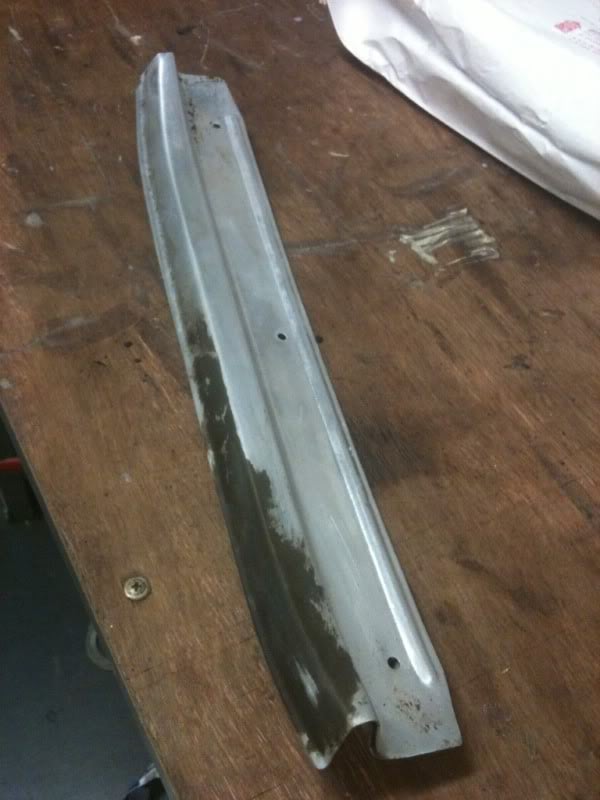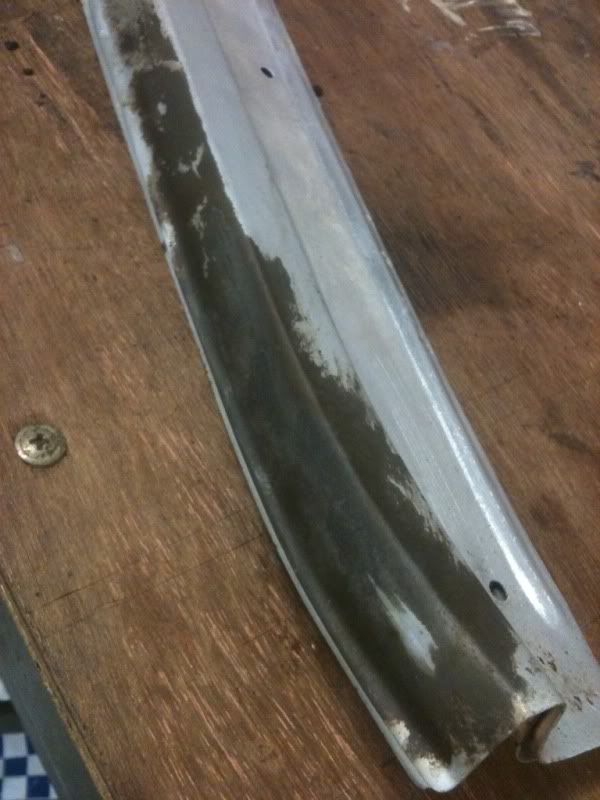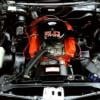Posted 23 February 2012 - 11:49 PM
G/day Brad
I found this with a google search.
I think the text I've underlined probably explains what has happened to your sill scuff plates.
September 22, 2010
A. Cadmium is a ductile, very malleable metal. The metal is soft enough to be cut with a knife, and it tarnishes in air. It melts at 321C and soluble in acids but not in alkalis. It is similar in many respects to zinc including Galvanic Corrosion protection capability but it forms more complex compounds.
High exposures Cadmium occurs with people who are exposed to fumes and when people breathe in cadmium fumes it can severely damage the lungs. Physical contact to cadmium is harmless. Still cadmium is one of the metals on the ''black-list" which should theoretically mean "zero-option". However, attempts in various countries - notably Sweden - to ban its use have been unsuccessful since it has been recognized that for certain applications there is no immediate substitute. Products and components of products used in aerospace, mining, "offshore" and nuclear fields where lubricity, ductility and resistance to hydrogen embrittlement is sought.
Whilst allowing the use of cadmium to continue for applications where there is until now no proven substitute available, still regulatory authorities are vigorously pursuing stringent targets on discharge limits.
In many cases this is surely causing platers to think carefully about the financial consequences of continuing to offer cadmium since new investment in effluent plant will be inevitable. Cadmium would be a good choice of coating material for parts in contact with aluminum. choice of cadmium plated fasteners for assembly of aluminum airframes in the aerospace industry.
Cadmium does have some specific application and capabilities but where alternate material can be used it is better to avoid its use.
Vijay
Vijay Vijayaraghavan
- Adelaide, South Australia, Australia




